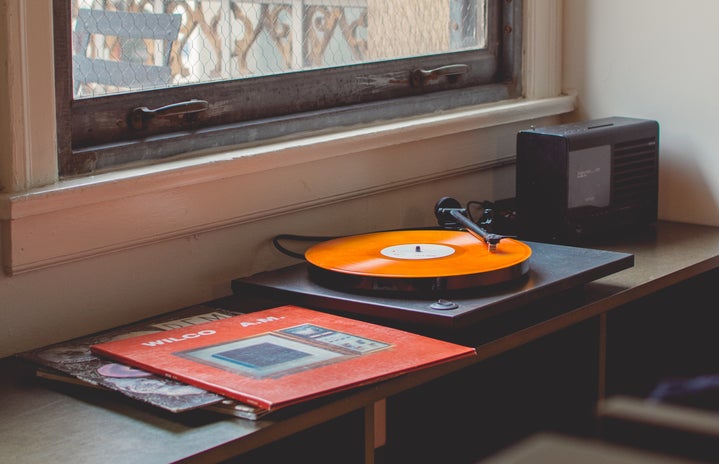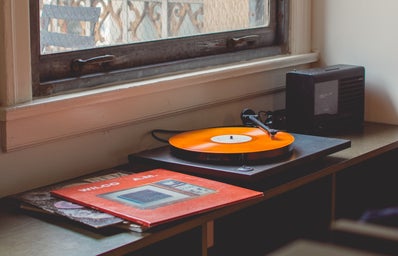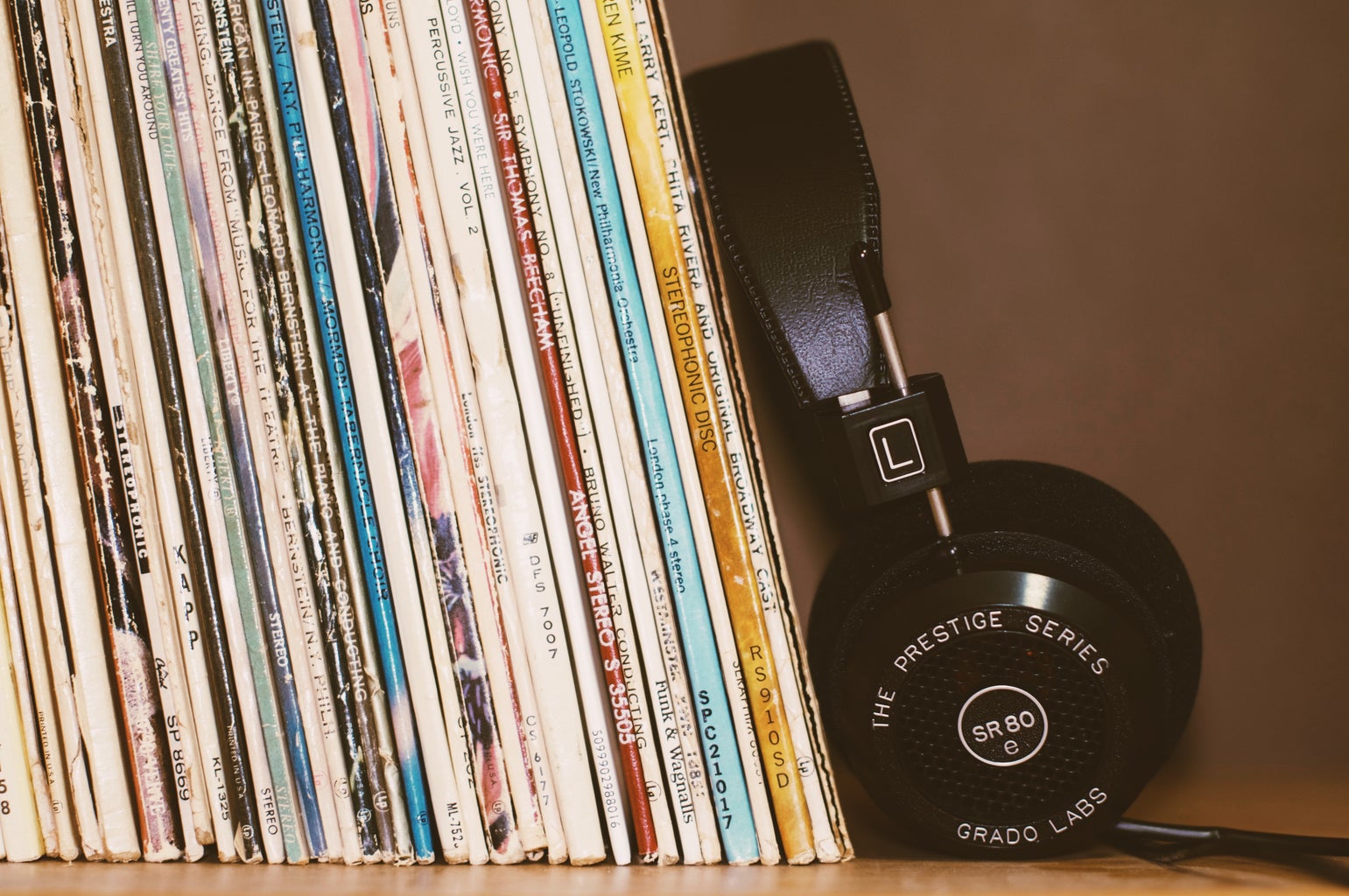Gen Z’s love for emotional Tunes and how it may represent a cultural shift
There is no denying the major shift in popular music within the last decade. Upbeat dance-pop once ruled the Spotify playlists, but it has now been replaced by slow, emotional, romantic indie folk. Artists like Noah Kahan, Hozier, Phoebe Bridgers, Olivia Rodrigo, Lizzie McAlpine, and even pop queen Taylor Swift have been (quite successfully) introducing traditional folk characteristics into their music, and we’ve been eating it up.
Folk music is essentially storytelling, as the Gray Group International article, “Folk: The Voice of the People” explains. These songs that read more like stories are abundant within the discographies of Swift, in the newer music scene like Kahan, as well as established folk artists such as Hozier. Of course, it’s easy to brush the popularity of these songs to the icons that sing them, with Swift and Hozier being major staples of the industry. But where does that leave Kahan? Furthermore, what about budding artists just like him, such as Bridgers, Rodrigo, and McAlpine to name just a few of the rising stars of the “Sad Girl/Boy Era” musical style?
What truly sets this style of music apart, and what has placed it on such a high pedestal in the eyes of Gen Z, is what these songs are advocating for, and through that outlet, what the artists advocate for. As stated in The Eagle article, “The rapid rise of Noah Kahan”, “In a generation that prizes brutal authenticity, Kahan knows his audience. Open about his struggles with mental health, his popularity is a sure sign of the times and what the youth are longing for.” What’s more, Vox points out Kahan’s major activist work when it comes to advocating for therapy and mental health care. Kahan is not alone in this honest exposure of feelings through song, as other artists in his genre are praised for the same.
Technique speaks on Swift’s ability to express “true vulnerability” with songs from her COVID-19 lockdown albums such as, “this is me trying” and “evermore.” Inlander comments on Bridgers’ ability to explore heavy issues such as grooming, and the existential dread of your twenties with her hit songs “Motion Sickness” and “Scott Street.” In regard to Rodrigo’s massive success in just her first two albums, BBC quotes Rhian Daly mentioning how, “Part of her appeal is that she gives you permission to feel everything and not to have to dilute anything, which is very necessary after the last few years.” Document describes McAlpine as the “girl next door, someone to gossip with for hours or to trust with the aux cord,” in an interview about her growing fame amongst fans of her same generation. The State Press credits Hozier’s fame to his willingness to cover “sensitive and often ignored topics such as addiction, domestic violence, religious trauma, and LGBTQ+ rights.” It’s not just genre, mood, and tone that all of these artists, and many others like them have in common. So, what is the driving force behind all of this praise, TikTok virality, and undying love from Gen Zers?
In short, this popularity is due to what these artists and their music represent for Gen Z as they move into adulthood and begin to change societal cultures and norms. Specifically, Gen Z has always deeply valued emotional honesty, mental health advocacy, human rights, and open conversations about issues that are usually kept quiet, deeming these topics as necessary for a successful culture and community. Referring back to GGI’s article on folk music, this genre is illustrated as something that has “adapted and evolved over time, mirroring the changing social and political landscapes in which it exists.” Folk music communicates cultural values, needs, struggles, and triumphs while providing political and social commentary from the artists performing it.
It’s because of how folk music represents the yearnings of an entire community and gives them a leg to stand on that this genre and its songs are so popular with Gen Z. Moreover, it’s because these artists have a finger directly on the pulse of the cultural desires of this generation that their indie folk songs have made such a major impact.
In a generation devoted to positive change within the world, these artists and their music provide a louder voice with the same social goals and values as their fans. The popularity of folk music has always represented a culture on the edge of a shift, and as far as I’m concerned, folk music is officially back.



